Hypertension is a chronic disease that is usually related to hereditary and lifestyle factors. According to the American Heart Association, it happens when the systolic and the diastolic pressures are equal to or greater than 130/80 mmHg. However, in the hospital setting, the acceptable range (requiring no immediate intervention) may be higher than that.
In an acute setting, hypertension can be caused by anxiety, pain, medication side effects, fluid overload or something as subtle as a distended bladder. Left unmanaged, hypertension can lead to chest pain, headaches, dizziness, ringing in the ears, weakness, blurred vision and nosebleeds. In severe cases, it can lead to acute myocardial infarctions, heart failure and strokes.
Nursing interventions:
- Accurately measure and document the blood pressure
- If the blood pressure is out of the range set by the provider, wait 5 minutes and recheck it. When you recheck, you may have to use the opposite arm or a different machine.
- Administer ordered medication
- Administer the appropriate medication as ordered and recheck the blood pressure after 30 minutes.
- Dietary management
- Review the dietary orders and ensure that the patient is adhering to them. Patients with hypertension are commonly placed on a low sodium diet
- Patient education
- To maximize compliance, educate the patient on the importance of keeping their blood pressure controlled. Explain the medication they are taking, why they are taking and what to expect after taking it.
For more common medical surgical diagnoses and interventions, bookmark our blog and follow us on social media. If you found this post to be helpful, share it with others!


